I just got off the phone with a reporter from the Chicago Reader, who read our February 12th coverage of Eighth Blackbird’s Composition Competition (on Twitter, this came to be known as the “8Bb boo-boo” post).
In the initial post, I’d expressed my disappointment at finding out that Eighth Blackbird, an ensemble for whom I had a great deal of respect as new music performers, was charging a $50 entry fee for their competition. As the post’s title indicated, it seemed apparent that the competition’s prize would easily be self-funded by application fees, with plenty left over.
We had a lot of comments on the post. This discussion revealed a wide range of viewpoints on the subject, both pro and con. Some posters pointed out that instrumentalists are routinely required to pay robust fees for auditions; why should composers? Others suggested that the ensemble was right in charging a fee, as they would be spending time adjudicating the contest and deserved compensation for that time. But others agreed with me that self-funded commissions are a problematic aspect of far too many composition competitions.
The variance of opinion didn’t hew to a composer vs. performer divide; one of Sequenza 21’s regular contributors, composer Lawrence Dillon, mounted a vigorous defense for the competition’s guidelines. Dennis Bathory-Kitsz, on the other hand, went even further than I did in strenuously rebutting the idea of high application fees and self-funded commissions.
Shortly after our post, and commentary elsewhere on the web, Eighth Blackbird announced that they were postponing the competition to rethink and revise its guidelines. They have recently announced a new competition. Partnering with the American Composers Forum and MakeMusic, Eighth Blackbird will undertake the Finale® National Composition Contest. You can read the competition’s guidelines here.
As I pointed out in my interview with the Reader (the article will run next Thursday, if you’d like to see what they make of it), the Finale competition improves on the previous contest in several ways. Some highlights:
-Each contestant may send up to three works, composed in the last five years, that demonstrate how they would write for Eighth Blackbird. One may include CDs, DVDs, and scores.
– There’s no more application fee; composers may pay a nominal amount ($5) if they’d like for their materials to be returned. Like all good competitions, it remains anonymous. There are no age restrictions.
– Three finalists will each receive $1000 and a $500 travel stipend. They will workshop the piece for a weekend with Eighth Blackbird. The winner will receive $2000 and a performance by 8Bb.
-None of the prizes is a king’s ransom; but paying finalists a travel stipend and giving them the opportunity to workshop their piece with the ensemble are significant opportunities not afforded by many competitions.
I think that this competition will better serve both emerging composers and the ensemble. By partnering with Finale and ACF, 8Bb has high-profile sponsors who are helping to offset some of the administrative costs that were previously passed along to composers. The affiliation with Finale will doubtless garner more attention and publicity for the competition. I’d imagine it will also help to get the word out to a wider and more diverse pool of emerging composers.
I, for one, am pleased that our discussion about composition competitions on Sequenza 21 seems to have made a positive impact. I’m also glad to be able to thank Eighth Blackbird publicly for being receptive to criticism and open to discussion. Their willingness to listen to what composers have to say – and then act on it- is another brand of advocacy that’s all too rare and greatly appreciated.
The deadline is September 15th, so get writing!

 Amos Elkana
Amos Elkana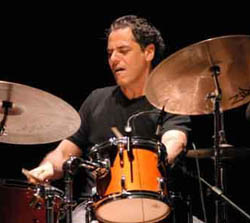
 Putting a musical program together is always a challenge, but it’s one thing on paper, and another live, in front of people.
Putting a musical program together is always a challenge, but it’s one thing on paper, and another live, in front of people. 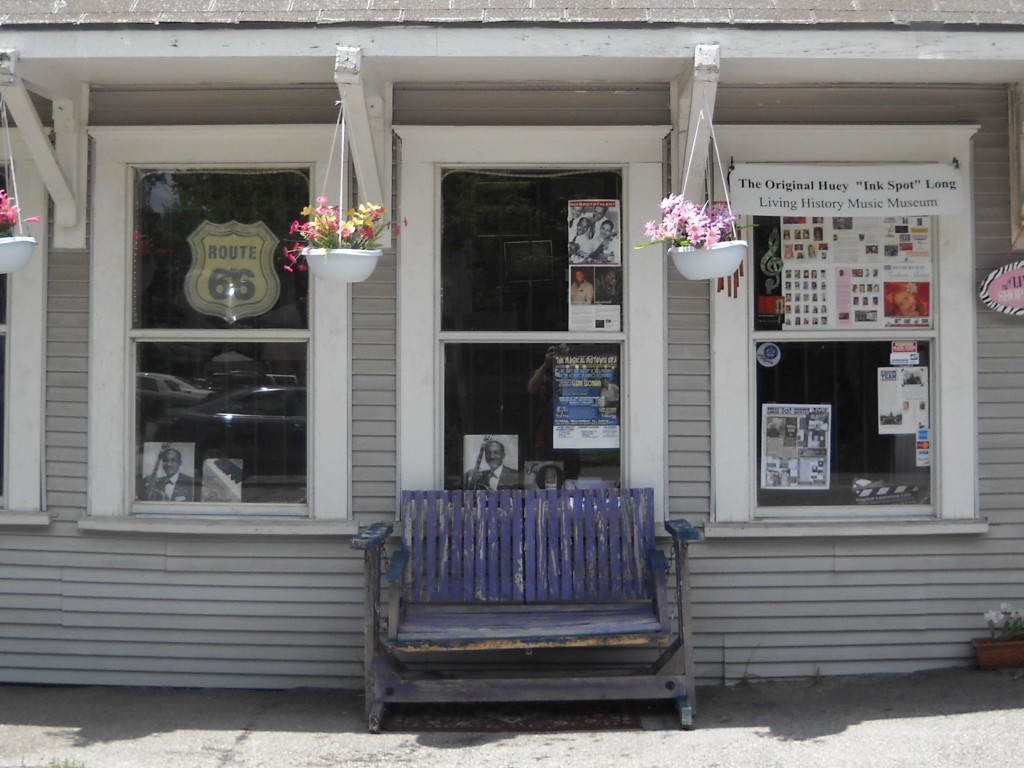
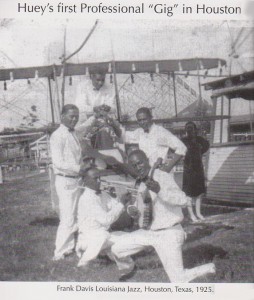

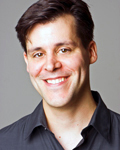
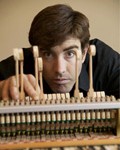

 I’m still reveling in the memory of So Percussion’s appearance with the Orchestra of the League of Composers
I’m still reveling in the memory of So Percussion’s appearance with the Orchestra of the League of Composers